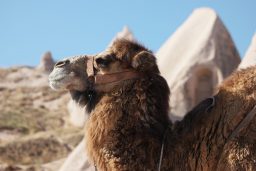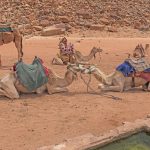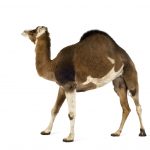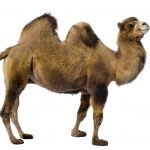Camels can go for well over a week without drinking. Some even say up to 15 days. Camels have adapted so well to the sporadic nature of food and water in their dry and expansive habitat.
How Long Can Camels Go Without Drinking Water?
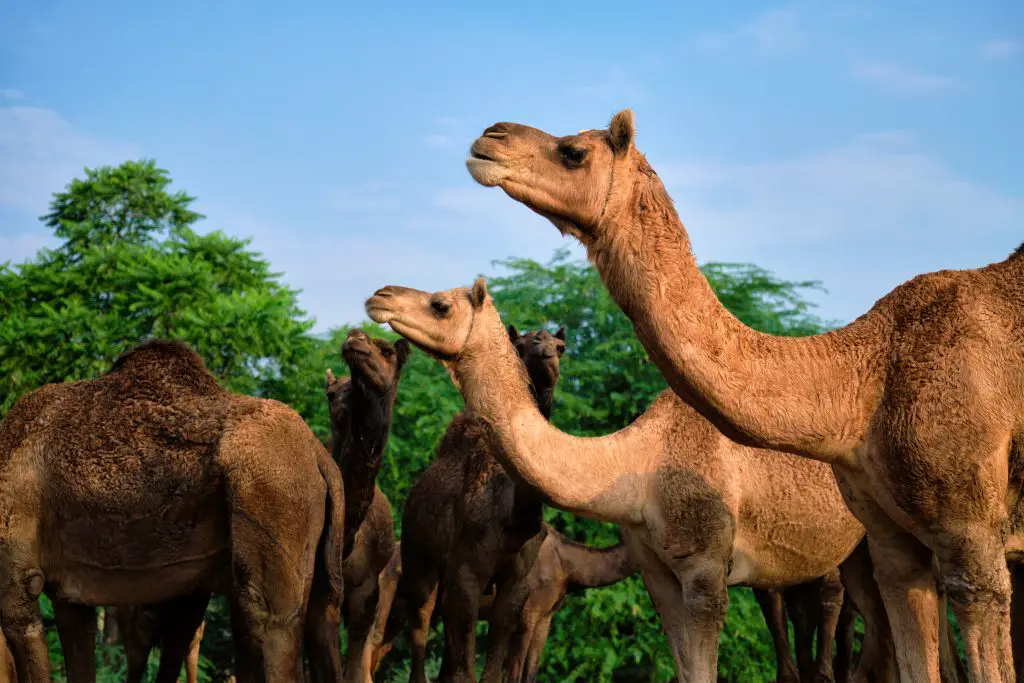
Bactrian and Dromedary Camels (Camelus bactrianus and Camelus dromedarius) were both domesticated due to their amazing ability to retain water. Unlike other animals used to carry goods and people through the harsh desert and steppe environments, camels don’t need to drink every day to keep moving. Perfect to keep people and businesses alive in areas where water isn’t easy to come by.
Surprisingly, camels can actually go for nearly 2 weeks without drinking water – even when walking non-stop in reasonably warm conditions. As long as they are eating vegetation along the way and walk at a steady pace – their biological adaptations to desert living are enough to help them survive without any reduction in performance. Vital for traveling through the environments they work in.
Believe it or not though – that although camels are famous for living in deserts and saving water – it is actually the giraffe that can go for the longest without drinking water. Giraffes get enough water from their food that they can go up to 3 weeks without drinking fresh water. This has its advantages too for them – as giraffes are susceptible to attack when they are drinking.
Do Giraffes Eat Meat? – Find the answer here
How Do Camels Survive In The Desert?
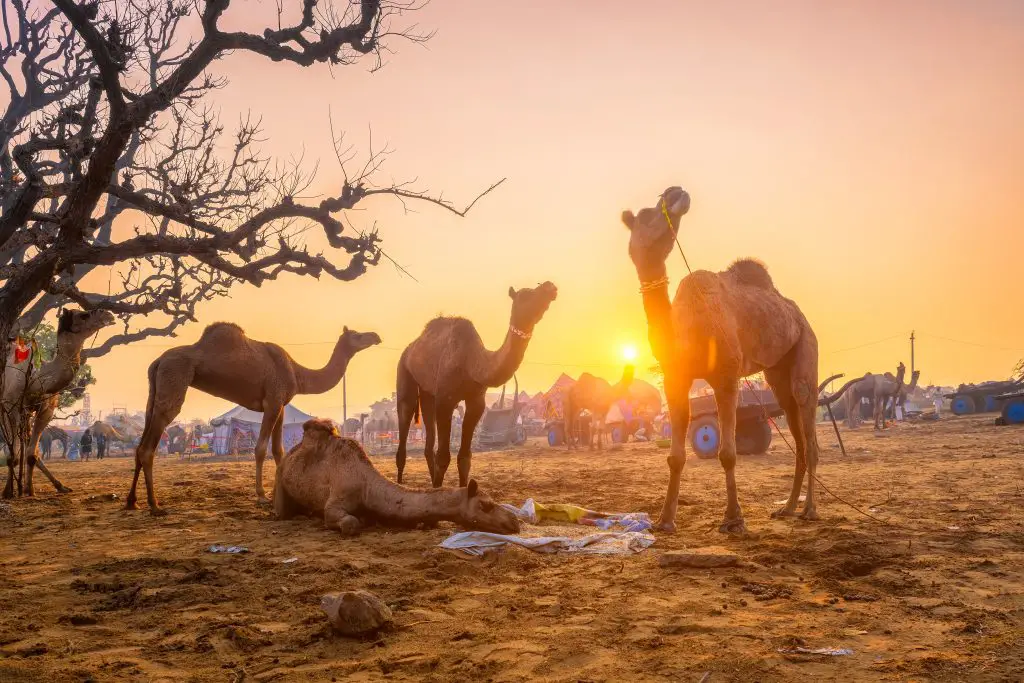
After deciding that their life was going to be in the arid desert landscapes of Africa and the high mountains of Eurasia – camels set about making themselves, true survivors.
Gradually, over time, they shaped their biology to best suit the conditions. Dusty, constantly shifting sand and rocks; little shade and vegetation; minimal freshwater; as well as extremes of temperature (both boiling hot and freezing cold) have all left their mark on the camel’s physiology (the way they look and the way their bodies work). Let’s look at the key ones:
Camels Store Fat In Their Hump
Famously – camels have humps – either one of two of them. These humps contain fat stores rather than pure water and fill up and empty out like a rucksack would on a long walk. Every time they find a glut of food – they fill it up fast – and then eat away at their supplies as they slowly wander from one water source to another. They stock up again when they get the opportunity.
Camels can survive for over a month without eating – sometimes even 2 months – if the conditions are right. They are so much more suited to this kind of existence than any other domestic animal.
Camels Have Long Legs And Wide Feet
Due to the rocky ground in the mountains – or the shifting sands in the desert – camels have changed their feet. Instead of the teeny toes and hooves of their llama relatives – they have created wide, flat, and tough feet. Perfect for everything they might come across on their travels.
They still have two separate toes – but they are joined together underneath creating a large thick-skinned pad. This pad prevents damage from sharp surfaces – and also from the burning hot sand.
Their incredibly long legs allow them to stay high up off the ground when walking – preventing them from getting too hot just from walking on the sand. The higher they are – the more air can pass underneath them to create a cooling draft. Even when they lay down – they do so just off the ground to keep themselves away from the warmest spots.
Camels Have Sand-Proof Faces
From years of getting blasted by sand and grit – only the most suitable camels have lived long lives. This means that camels are now well-armed with giant eyelashes! Having two sets of long eyelashes – they can protect their eyes from sand blowing around them. They also have 3 sets of eyelids to help cover and clean their eyes too.
And it isn’t just their eyes that they have protected – they can also completely close their nostrils. If there is sand blowing around – they can stop it from getting up their nose by contracting the muscles. They can totally seal off their nostrils to make sure they don’t inhale anything.
What do Camels Eat? – Find the answer here
Do Camels Die Of Thirst?
They can, however, still die of thirst if everything is against them.
If they are short on food or short on fresh water and they are under extreme stress – then as with any animal – they can only stretch their bodies so far.
Although they can reportedly smell water from over 3km (1.8 miles) away – they can’t always get to it in time – or drink enough in time. But – as they are a domesticated species – this really shouldn’t be an issue if they are well looked after.
Camels can go close to 2 weeks if they are still allowed to eat vegitation. Witout out anything they can still go well over a week. But they can go for upto 2 months on no food. Very impressing. ????????

